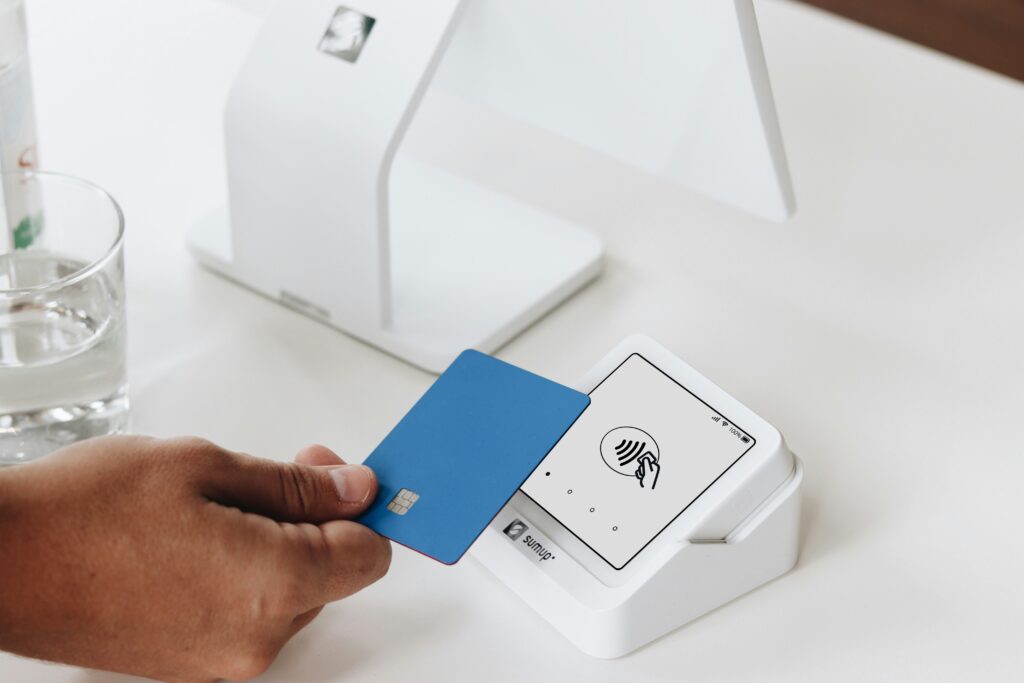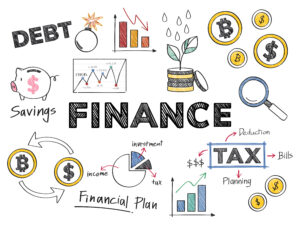What is Digital Banking? Benefits, Features, and Future Trends
The way we handle money has changed dramatically in the last decade. Digital banking has transformed traditional banking into a fast, convenient, and secure experience. From transferring money online to managing investments, digital banking is now an essential part of our daily lives.
Digital banking isn’t just about transferring money online — it represents a complete shift in how banks deliver services, how customers interact with their finances, and how technology is reshaping financial systems.

In this article, we’ll explore what digital banking is, its benefits, key features, and future trends that are shaping the financial industry.
What is Digital Banking
Digital banking refers to the digitalization of all traditional banking activities and services. Instead of relying on physical branches, customers can access services like:
- Opening a bank account
- Checking balances and statements
- Transferring money
- Paying bills
- Applying for loans or credit cards
- Investing and managing savings
—all through online platforms, mobile apps, and automated systems.
Essentially, digital banking brings the entire bank into your pocket.
Key Benefits of Digital Banking
1. Convenience & Accessibility
The biggest advantage is convenience. Customers no longer need to visit a bank branch for routine transactions. Digital banking allows 24/7 access to accounts, anytime and anywhere.
Example: You can transfer money to a family member late at night or pay bills during your commute.
2. Cost-Effective
Digital banking reduces the need for physical branches and paperwork, lowering operational costs for banks. This often translates into reduced service charges and better interest rates for customers.
3. Faster Transactions
Gone are the days of waiting for hours. With digital banking:
- Transfers happen instantly (especially with real-time payment systems).
- Online bill payments save time.
- Digital wallets provide instant purchases.
4. Enhanced Security
Banks use advanced technologies like encryption, biometric logins, and two-factor authentication to protect accounts. While cyber threats exist, digital banking is becoming more secure each year.
5. Financial Management Tools
Most banking apps come with built-in tools to:
- Track expenses
- Create budgets
- Get spending insights
This makes it easier for customers to manage money effectively.

Key Features of Digital Banking
🔹 Mobile Banking Apps
Banks now offer feature-rich apps where customers can access almost every service with a few taps.
🔹 Online Fund Transfers
With systems like NEFT, RTGS, UPI, and international wire transfers, money moves quickly and securely.
🔹 Digital Wallets & Contactless Payments
Wallets like PayPal, Google Pay, and Apple Pay allow cashless, contactless payments.
🔹 Paperless Banking
From account opening to loan approval, everything is becoming digital and paperless.
🔹 Chatbots & AI Assistance
Many banks now use AI-powered chatbots to answer queries, provide support, and guide users in real-time.
🔹 Investment & Loan Management
Customers can invest in mutual funds, apply for credit cards, or take personal loans directly through digital platforms.
Future of Digital Banking & Online Banking Trends
Digital banking is not slowing down — it’s evolving rapidly. Here are some trends we can expect in the near future:
1. Artificial Intelligence (AI) and Machine Learning
Banks will use AI to:
- Provide personalized financial advice
- Detect fraud instantly
- Automate customer service
2. Blockchain and Cryptocurrency Integration
Blockchain technology will make banking more transparent and secure. Some banks are already experimenting with digital currencies.
3. Open Banking
Through APIs (Application Programming Interfaces), banks will allow third-party apps to connect with customer accounts (with permission). This means more innovative financial products for customers.
4. Biometric Security
Passwords are slowly being replaced by fingerprints, facial recognition, and voice authentication for safer transactions.
5. Sustainable and Green Banking
Digital banking reduces paperwork and carbon footprints. In the future, eco-friendly banking solutions will become a priority.

Advantages for Customers vs Banks
| For Customers | For Banks |
|---|---|
| 24/7 accessibility | Lower operational costs |
| Faster transactions | Wider customer reach |
| Better financial tools | Improved efficiency |
| Safer payments | Data-driven insights |
This win-win situation ensures digital banking will keep growing.
Challenges of Digital Banking
Despite its benefits, digital banking faces challenges:
- Cybersecurity Risks: Hackers constantly attempt to breach systems.
- Digital Divide: Not everyone has access to smartphones or the internet.
- Technical Glitches: Outages can temporarily block transactions.
Banks are investing heavily in overcoming these challenges to make digital banking safer and more inclusive.
Conclusion
Digital banking has revolutionized the way we manage money. It offers convenience, speed, security, and efficiency — all from the comfort of your home.
As technology continues to evolve, digital banking will only get smarter, safer, and more personalized. Whether it’s through AI, blockchain, or biometrics, the future of banking is undoubtedly digital.
For customers, the message is simple: embrace digital banking to save time, money, and effort — while staying in control of your financial journey.
FAQs
1. What is the main difference between online banking and digital banking?
Online banking refers to accessing banking services via the internet, while digital banking includes all digital innovations like mobile apps, AI tools, wallets, and open banking systems.
2. Is digital banking safe?
Yes, banks use strong security measures like encryption, biometric logins, and two-factor authentication. However, customers must also avoid phishing scams and keep their devices secure.
3. Can I apply for loans through digital banking?
Absolutely. Most banks now allow customers to apply for personal loans, credit cards, and mortgages directly through digital platforms.
4. Will physical bank branches disappear?
Not completely. While most services are digital, branches will remain for complex needs like legal documentation, business loans, or customer support.












Post Comment